See a space station sunset with both feet planted firmly on the ground.
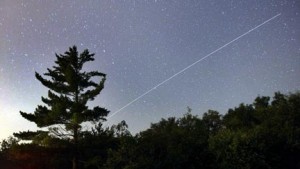
Bob King
Beginning this week and continuing through late October, the International Space Station (ISS) will makes passes over much of the United States, Canada, and Europe during convenient evening viewing hours. Why not get out for a look before the bite of winter arrives?
A typical flyover begins with the ISS rising in the western sky and traveling eastward, fading out as it encounters Earth's shadow or disappearing below the eastern horizon about five minutes later.
Because the ISS is so much larger than any other satellite up there — about as long a professional U.S. football field, including end zones — it reflects a great deal of light, easily surpassing Jupiter in brightness. Color-wise, what you see depends on your viewing angle. When the gold-colored, inactive sides of the massive solar arrays are facing you, the ISS appears pale yellow. Otherwise, it looks like a brilliant white star on the move.
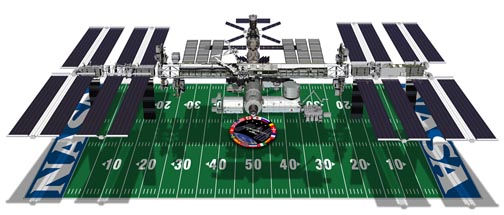
Credit: NASA
We see the ISS in dark or twilight skies due to what I call the "mountaintop effect." In exactly the same way you can see sunlight reflecting from a tall peak when the valley below is steeped in shadow, the space station reflects sunlight when Earth is dark because it's so much higher, typically 250 miles (402 km) above us. At the same time you're looking up, the astronauts aboard can look out the cupola windows and see the bright sun.
Sunsets and sunrises linger on Earth, but they happen quickly for those on the space station. Ground dwellers get one sunset per day, but looping around Earth at 17,150 mph (27,600 km/hr), ISS residents see 16!
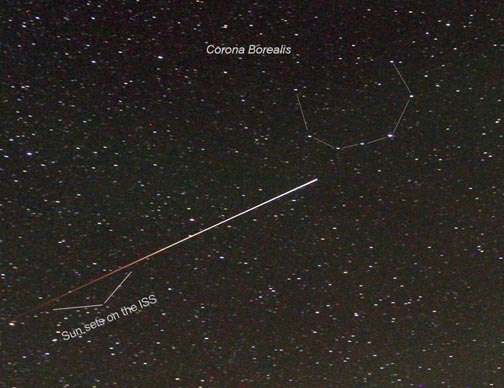
Bob King
Most of us won't become astronauts, at least not until space travel gets a whole lot cheaper, but we can still indirectly experience sunset on the space station right here on terra firma. Remember that not all ISS passes are complete — many end abruptly when the spacecraft enters Earth's shadow. That turns out to be a good thing for observers because it allows us to track it from daylight through orbital sunset and even a short ways into night. The only equipment you'll need to get on board is a pair of 50-mm binoculars.
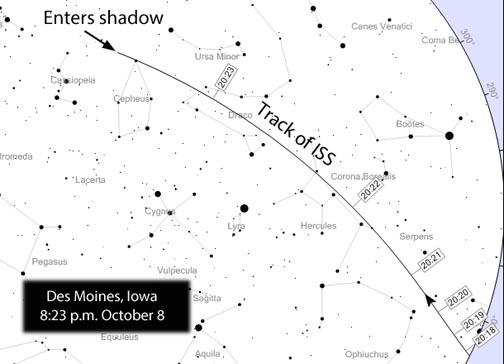
Source: Heavens Above
You can wait to see a sunset by chance or you can make it easy on yourself by stopping by Heavens Above, one of the internet's best satellite tracking sites. Select your location (upper right), return to the home page, and click the ISS link under the satellite heading. You'll be shown a list of dates, times, elevations, etc. Click on the appropriate date for a handy map of the ISS track across the sky. If the ISS arc suddenly ends, that means it's passing into shadow. Note the time and be ready with your binoculars.
The change in color from brilliant pale yellow to sunset red is amazing, especially if the pass is a relatively high one — that's when the space station is closest to the observer and brightest. I've even tracked it into the shadow, presumably during orbital twilight, where it looks like a ghost of its former self.
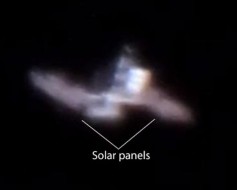
Hkasa22
There's more. As the ISS passes by, keep an eye out for flares. These occur when sunlight strikes a shiny part of the vehicle and reflects it straight back to your eyes. Veteran space station watchers will also see the occasional “water dump” when the astronauts jettison unneeded waste water overboard. It quickly crystallizes into a cloud of ice particles that resembles a comet tail.
Finally, if you've never looked at the space station at low magnification through a telescope, you're in for a pleasant surprise. You can actually see the shape at 50x (maybe less) provided you can anticipate its direction. I place the crosshairs of my finderscope just ahead of its present position and then look through the eyepiece. It can take a couple tries, but once you've "hooked" it, you can follow the spacecraft long enough to see the solar panels and more.
Even better, have someone keep the ISS centered in the crosshairs while others look through the eyepiece. Sure, you could purchase software and a motorized mount to do all this, but the poor man's method works anytime, anywhere.
Although I most often use Heavens Above for the user-friendly maps, other sites like Satflare also provide them. Great mobile apps include ISS Detector for Android and ISS Spotter for iPhone, as well as the NASA App, which is available for both platforms. NASA also runs a "Spot the Station" service that sends an alert to your phone or inbox when an ISS pass is imminent.
Have your binoculars ready to spot the International Space Station? Discover the rest of the night sky with Gary Seronik's Binocular Highlights!
 0
0







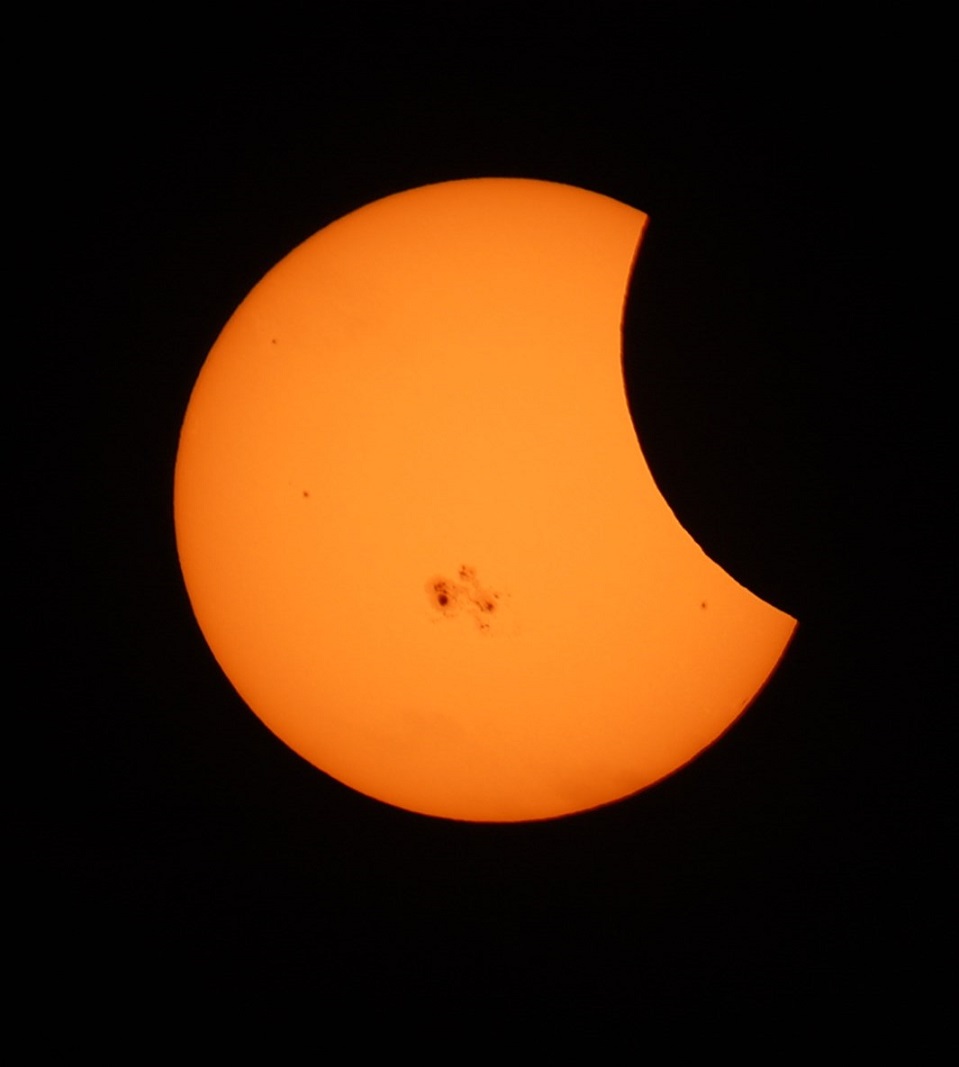

Comments
You must be logged in to post a comment.